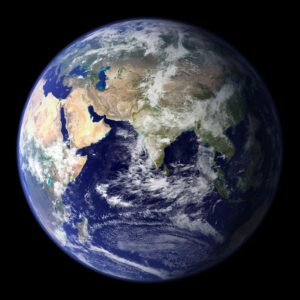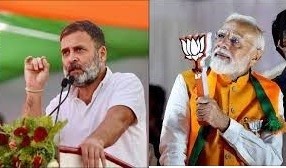India’s domestic travel market is expected to reach a market size of USD 91 billion in 2029, says former CEO Niti Aayog
World Bank’s Executive Director Parameswaran Iyer, who was recently heading the Niti Aayog said that the government’s policy think-tank has been collaborating with the tourism ministry and travel operators on multiple fronts.
Highlights
- According to a report by the world travel and tourism council India’s domestic travel market is expected to grow at an annual average rate of 8 per cent from 2019 to 2029 to reach a market size of USD 91 billion in 2029.
- India can export medical services, especially nursing to the world. Medical tourism value is expected to reach USD 13 billion by 2028.
- More than 50 wildlife and tourist destinations will be connected in the next round of the regional connectivity scheme,” Says Iyer.
“This public-private partnership has started to take tourism in India to a new level,” he said while speaking at India Today Tourism survey and awards 2022. Iyer while quoting the IMF MD Kristalina Georgieva has said that India has been the one stable factor. India is one of the bright spots in the world economy. We are the fastest-growing large economy in the world with macroeconomic fundamentals under control and a very forward-looking budget.
“In this Amrit-kaal, we are in a strong position and well on track with the macroeconomic reform agenda to Achieve Vikshit Bharat by 2047,” he said. Tourism is one of the main drivers of the growth of the Indian economy. It also has the potential to generate jobs, increasingly green jobs as well as promote sustainable development. In fact, the Union Budget 2023-24 has put tourism in mission mode.
The budget 2023 talks about the expansion of tourism infrastructure by announcing fifty new tourist destinations to be developed on challenge mode, development of information-driven applications, setting up of unity malls in the state capitals, additional retail outlets for handicrafts, and one district-one product leading to development benefits reaching the last mile, which is the main priority. “More than 50 wildlife and tourist destinations will be connected in the next round of the regional connectivity scheme,” Says Iyer.
The prime minister’s programs of Dekho Apna Desh, Swadesh darshan, and Vibrant villages program are significant steps in the direction of boosting economic development right up to the bottom level. India has already gone through this revolution in the past decade and the Country has become an increasingly popular tourist destination all over the world.
According to the ministry of Tourism, India witnessed the arrival of 11 million international tourists in 2019 however after a fall in numbers due to Covid. It has now again reached pre-Covid levels.
He added that “the biggest story is Domestic tourism” as in 2019 there were 1.8 billion domestic tourists in the country that number is now expected to be surpassed due to a surge in domestic tourist numbers in the post covid era. According to a report by the world travel and tourism council India’s domestic travel market is expected to grow at an annual average rate of 8 per cent from 2019 to 2029 to reach a market size of USD 91 billion in 2029.”
Foreign tourism is also showing signs of revival with the resumption of International flights and the easing of Covid 19 regulations has helped the tourism sector regain its pre covid position. MICE (meetings, incentives, conferences, and exhibitions) and business plus leisure tourism is helping to rebound Indian tourism.
India’s medical and wellness tourism is also flourishing immensely as the country’s medical infrastructure and healthcare along with the number of professionals is rising rapidly. while India is ranked tenth in the medical tourism index. India can export medical services, especially nursing to the world. Medical tourism value is expected to reach USD 13 billion by 2028. Said the former Niti Aayog chief.


